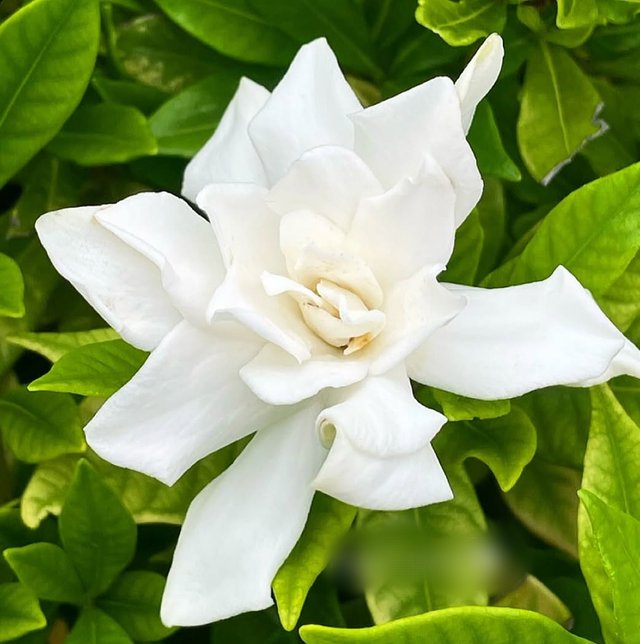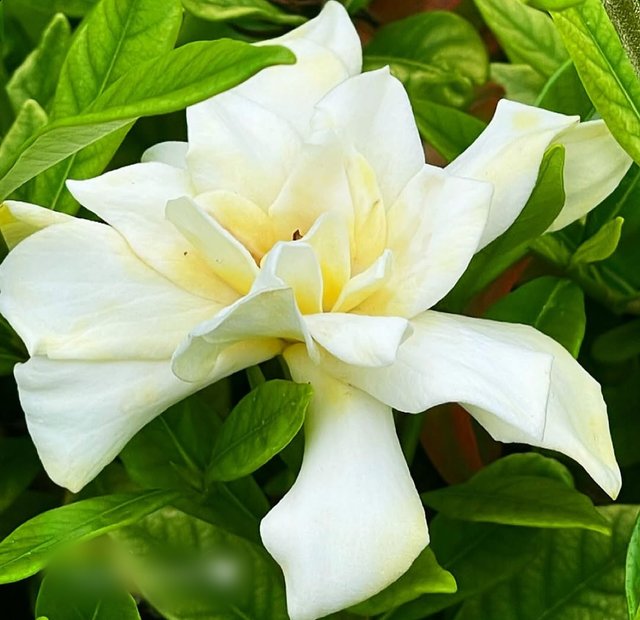White Colour Cape Jasmine Flower
Cape jasmine, also known simply as gardenia, is one of the most beloved flowering shrubs in the world. Native to China and Japan, this evergreen beauty has earned a place in gardens and homes across the globe for its enchanting fragrance, lush green foliage, and radiant white blossoms that symbolize purity, love, and elegance. It is a member of the Rubiaceae family, which also includes coffee plants, and has been cultivated for centuries both for ornamental and cultural purposes.
Appearance and Characteristics
Cape jasmine is admired for its glossy, dark green leaves that provide a striking contrast to its snow-white flowers. The blooms are waxy, velvety, and often spiral-shaped, resembling delicate roses. They usually appear in late spring through summer, though in warmer climates, gardenias may flower more than once a year. Each bloom releases a rich, sweet scent that can fill an entire garden or room, making the plant a popular choice for perfumery and ornamental use.
Gardenias typically grow as shrubs, ranging from 2 to 6 feet tall, though some varieties can reach even greater heights. They thrive in warm, humid climates and prefer acidic, well-draining soil rich in organic matter. Gardeners often plant them near entryways, patios, or windows to enjoy their fragrance.
Cultural and Symbolic Significance
In many cultures, Cape jasmine holds deep symbolic meaning. The white flowers represent purity, clarity, and secret love. In Victorian times, gardenias were often given as tokens of admiration and were thought to convey unspoken feelings. In Asia, they are associated with peace and harmony, often used in ceremonies and traditional medicine.
The flower has also found its way into art, poetry, and music, celebrated for both its beauty and fragrance. Its association with elegance and refinement makes it a timeless favorite in gardens and floral arrangements.
Uses and Benefits
Beyond its ornamental value, Cape jasmine has been used traditionally in herbal medicine. In Chinese medicine, extracts of the plant are believed to have cooling and calming properties, often used to help with inflammation, fever, and anxiety. The essential oil derived from its blossoms is highly prized in aromatherapy and perfumery, used for its soothing and uplifting fragrance.
Care and Cultivation
Growing Cape jasmine can be both rewarding and challenging. The plant is somewhat particular about its growing conditions, but when cared for properly, it produces magnificent blooms. Here are a few tips:
Light: Gardenias thrive in bright, indirect sunlight. Too much direct sun may scorch the leaves, while too little light reduces flowering.
Soil: They need acidic soil, enriched with organic matter.




%20(7).jpeg)